Rust removal treatment of SSAW steel pipe
Spiral pipes are mainly used in water supply projects, petrochemical industry, chemical industry, electric power industry, agricultural irrigation, and rural construction. The sales network covers more than 20 provinces and cities, and it is one of the 20 key products developed by the country.
For liquid transportation: water supply and drainage.
For gas transportation: coal gas, steam, liquefied petroleum gas.
For structural purposes: piling pipes, bridges; pipes for docks, roads, building structures, etc.
Spiral steel pipe production process Spiral steel pipe is a spiral seam steel pipe welded by automatic double-wire double-sided submerged arc welding process using strip steel coil plate as raw material, regular hot extrusion molding.
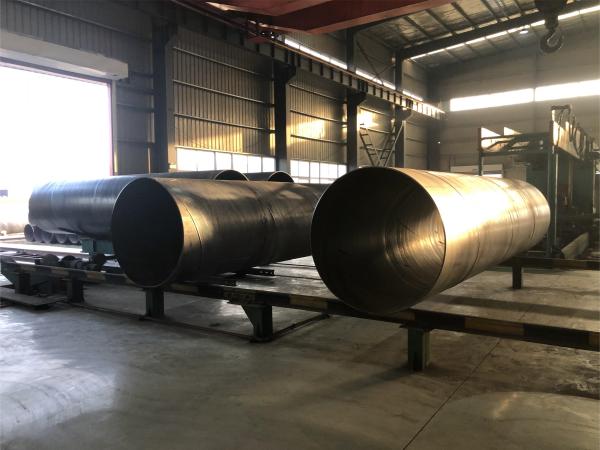
The rust removal speed of the steel pipe depends on the type of abrasive and the displacement of the abrasive, that is, the total kinetic energy E applied to the steel pipe by the abrasive per unit time and the kinetic energy E1 of the single-grain abrasive. Pay attention to the importance of surface treatment in production and strictly control the process parameters during rust removal. In actual construction, the peel strength value of the anti-corrosion layer of the steel pipe greatly exceeded the standard requirements, ensuring the quality of the anti-corrosion layer. On the basis of the same equipment, , greatly improving the process level and reducing production costs. Generally, abrasives with lower loss rates should be selected, which will help improve the cleaning speed and extend the life of the blades.
Spiral pipe cleaning and preheating Before spraying (throwing) treatment, use cleaning methods to remove grease and scale on the surface of the steel pipe, and use a heating furnace to preheat the pipe body to 40-60°C to keep the surface of the steel pipe dry. During spraying (throwing) treatment, since the surface of the steel pipe does not contain grease and other dirt, the rust removal effect can be enhanced. The dry steel pipe surface is also conducive to the separation of steel shot, steel sand, rust and oxide scale, making the rust removed The surface of the steel pipe is cleaner.
Defects to avoid when handling spiral steel pipes
Spiral steel pipes play a very important role in our lives. The following is an introduction to the common defects of each process based on the heat treatment process of spiral steel pipes.
(1) Defects generated during the heating process. For the heating process, heat treatment heating equipment and heating media must be selected. What happens or easily happens here is that the surface of the part will be affected by the oxidizing heating medium, and the heating temperature exceeds the process requirements. The austenite grains are too coarse and even the grain boundaries melt, which will seriously affect the appearance and internal quality of the part. Therefore, in the actual process, feasible measures should be taken for such defect analysis.
(2) Defects caused when quenching small-diameter spiral tubes. The parts are cooled after heating and austenite homogenization to obtain the required structural and mechanical properties. At this time, the ideal cooling medium needs to be selected based on the material and specific hardness of the part. The ideal cooling medium is rapid cooling at high temperatures and slow cooling at low temperatures (3o0°C). Usually the cooling medium is air, water, oil (mineral oil, vegetable oil, etc.) 5% ~ 10% brine, 5% ~ 15% alkaline water, synthetic coolant, water quenching oil cooling, water quenching nitrate cooling, alkaline bath , nitrate bath, chloride salt bath, etc. The cooling performance of these cooling media is very different, especially for salt water, alkaline water, oil, alkali bath, nitrate bath, chloride salt bath, etc. If there is a problem the cooling medium performance will degrade (age) and if not detected in time it will become a significant source of defects. Insufficient hardness, soft spots, quenching cracks and poor deformation of quenched parts are common heat treatment defects.
(3) Defects that will occur during the tempering process. Parts are quenched to obtain a high-hardness quenched martensite structure or a slightly lower hardness lower bainite structure, but the structure at this time is unstable and its brittleness is very high. When used in production, it must be quenched and tempered to obtain the required structure and properties. Therefore, the tempering process parameters will have an important impact on the heat treatment quality of the parts, such as hardness, temper brittleness, temper cracks and other defects. Effective measures must be taken during the tempering process to avoid the above defects.
(4) The surface quenching defect is the overall heat treatment of the part, so that the inside and outside of the part can obtain the required hardness and requirements. The case hardening treatment is used only to harden the surface of the part and the core remains in its structural state before treatment. Therefore, surface quenching temperature, heating time, hardened layer depth, etc. will affect the heat treatment deformation and cracking, hardness level and service life of the parts.
(5) Chemical heat treatment defects of small diameter spiral tubes. The chemical heat treatment of the spiral tube is a heat treatment process that penetrates metal or non-metal atoms on the surface of the part to obtain the required surface properties (such as high wear). This process gives the part composite material dual functions and effects. However, if the process formula, process parameters, etc. are changed improperly, it will lead to deformation and cracking of parts, unqualified structure, unqualified hardness, etc. Therefore, full attention should be paid to the chemical heat treatment of parts, otherwise the parts will completely lose the significance of chemical heat treatment. The heat treatment of parts should be safe, economical and practical, and at the same time, a cool, clean and quiet working environment should be created.
The correct heat treatment process is the premise and foundation to ensure qualified heat treatment quality of parts. Once the above quality problems are discovered, they can be solved from people, machines, materials, methods, links and inspections. Through analysis and judgment, the root cause of the defect can be found.






 English
English Español
Español بالعربية
بالعربية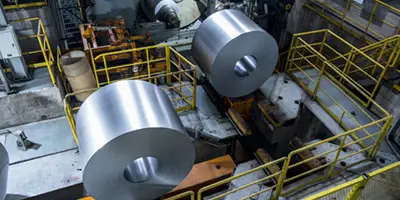
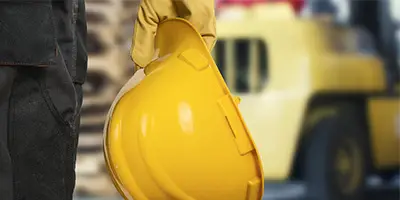
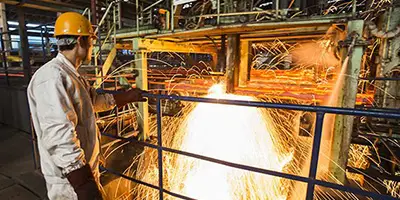
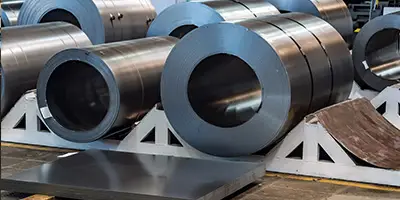

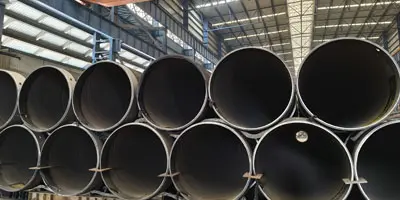
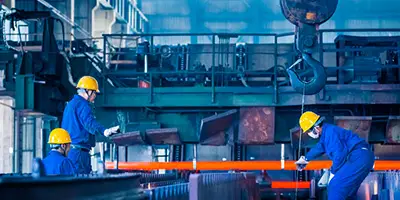
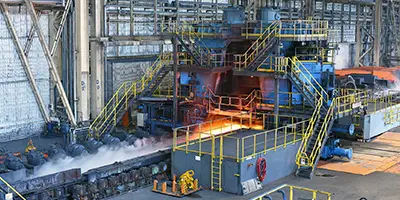
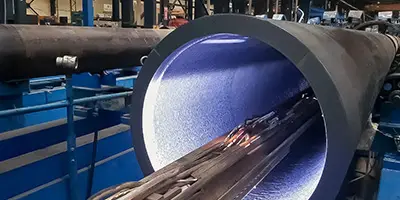
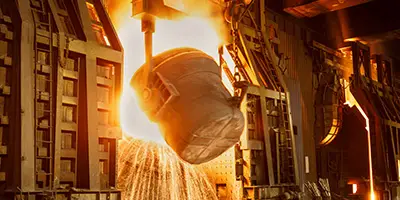
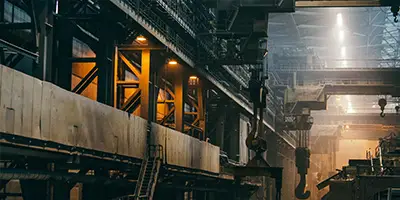

 Phone :
Phone :  Whatsapp :
Whatsapp :  Email :
Email : 


